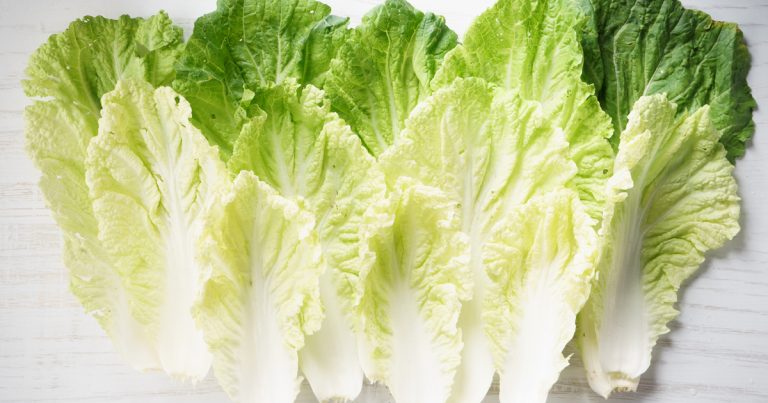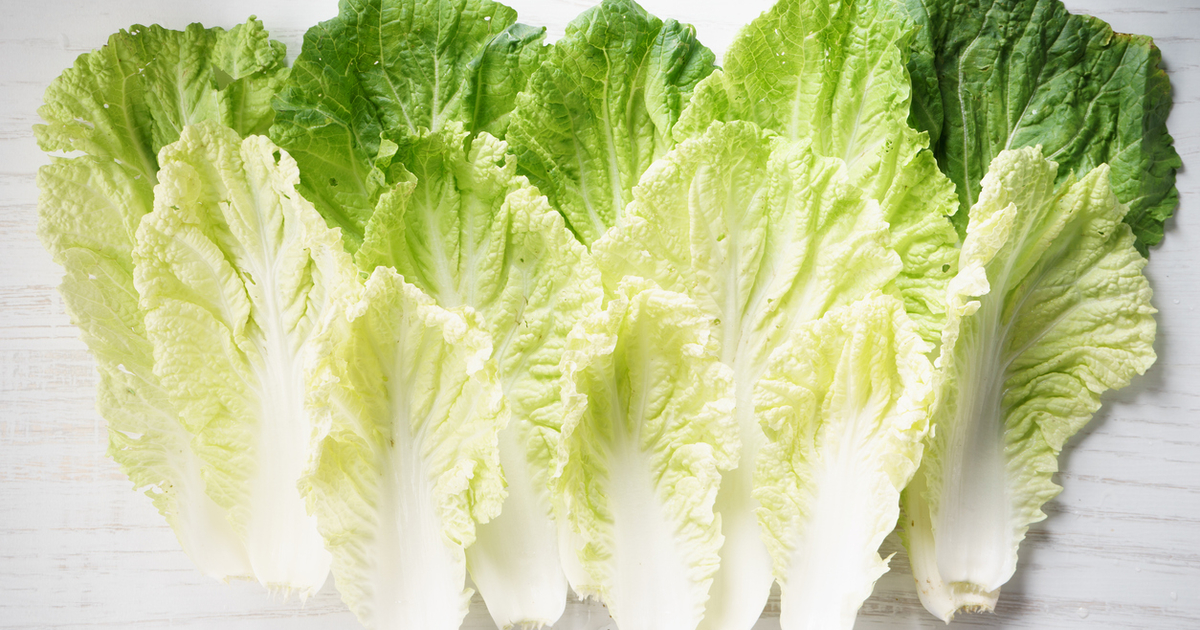Chinese cabbage can be prepared in many ways – but how? Asian cabbage varieties are popular, but the preparation of Chinese cabbage is unknown to many. A little product information.
Preparing Chinese cabbage is also something for cabbage skeptics

Chinese cabbage is different from its native relatives – it is more subtle and easier to digest. If you are put off by digestive problems, the smell and taste of cabbage from the local varieties, then prepare Chinese cabbage instead.
Because it also has the vital substances typical of cabbage: Above all, it provides a lot of vitamin C, vitamins from the B group, folic acid, mustard oil glycosides and minerals such as potassium and iron. With around twelve calories per 100 grams and a water content of 94 percent, it is the ideal vegetable for losing weight.
Caution: Chinese cabbage has a high nitrate content. Adults can take it without hesitation. Babies and toddlers, on the other hand, should only consume small amounts occasionally – or they should avoid it altogether.
Before preparing: Buy good Chinese cabbage
When shopping, test to see if the cabbage is tightly closed and feels firm. The leaves should be crisp with no dark spots. Chinese cabbage from the supermarket often has small black spots. They are not harmful to health, but occur when storage is too warm. Damage to the outer layer of leaves isn’t a big deal, since you remove this layer anyway when you prepare the Chinese cabbage. The cabbage should not have mushy spots.
Now it’s time to prepare: Cut the Chinese cabbage
In contrast to the local types of headed cabbage, Chinese cabbage does not have a hard stalk and the leaf veins are so tender that you can use them. How to cut Chinese cabbage before cooking:
Remove the outer leaves. Also withered or damaged areas.
Then, at the bottom of the cabbage, cut a slice about an inch thick with a straight cut.
Now the leaves can be easily separated and you can cut them into the desired shape.
Wash the Chinese cabbage pieces in cold salted water.
Cooking Chinese cabbage is quick and easy
If you want to prepare a larger portion of Chinese cabbage, choose a wide pan or pot, because raw Chinese cabbage takes up a lot of space at first. Cooking time depends on how crispy you want it. Basically, the crunchier, the tastier. If you haven’t prepared Chinese cabbage often, try the al dente every now and then. These are the cooking times:
Roast and Cook: Five to seven minutes
Steam and simmer: Five to ten minutes
How to prepare Chinese cabbage:
as a raw food snack or salad
fried in a pan with oil
cooked in salted boiling water
as steamed vegetables in their own juice: first add the thick ribs and later the fine leaves to the pot.
steamed in a saucepan with a steamer insert or a suitable kitchen sieve with the lid closed. The cooking water should not come into contact with the Chinese cabbage.
fermented
Store Chinese cabbage properly

Chinese cabbage is tender, so you should get it as fresh as possible and use it immediately. Stored in the fridge, it keeps its crunchiness for up to four days. If you wrap it, you can still cook Chinese cabbage after a week.
Be sure to wrap the Chinese cabbage loosely, otherwise it will get bruises that can rot. It is better not to use cling film for this: a beeswax cloth is the plastic-free solution. Once added, you can use it over and over again.
The productive head of cabbage can be kept in the freezer for up to four months: Clean the Chinese cabbage, cut into small pieces and blanch briefly in boiling, lightly salted water. The professional would then quench the Chinese cabbage in ice water.
Our tip: If you freeze the Chinese cabbage in portions, it will be easier to prepare the amount intended for your recipe.



